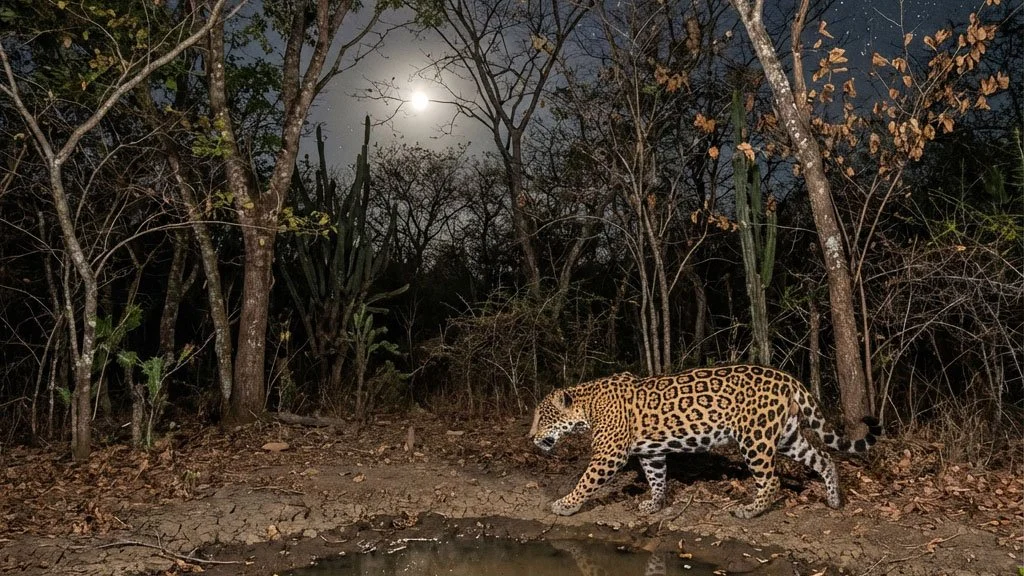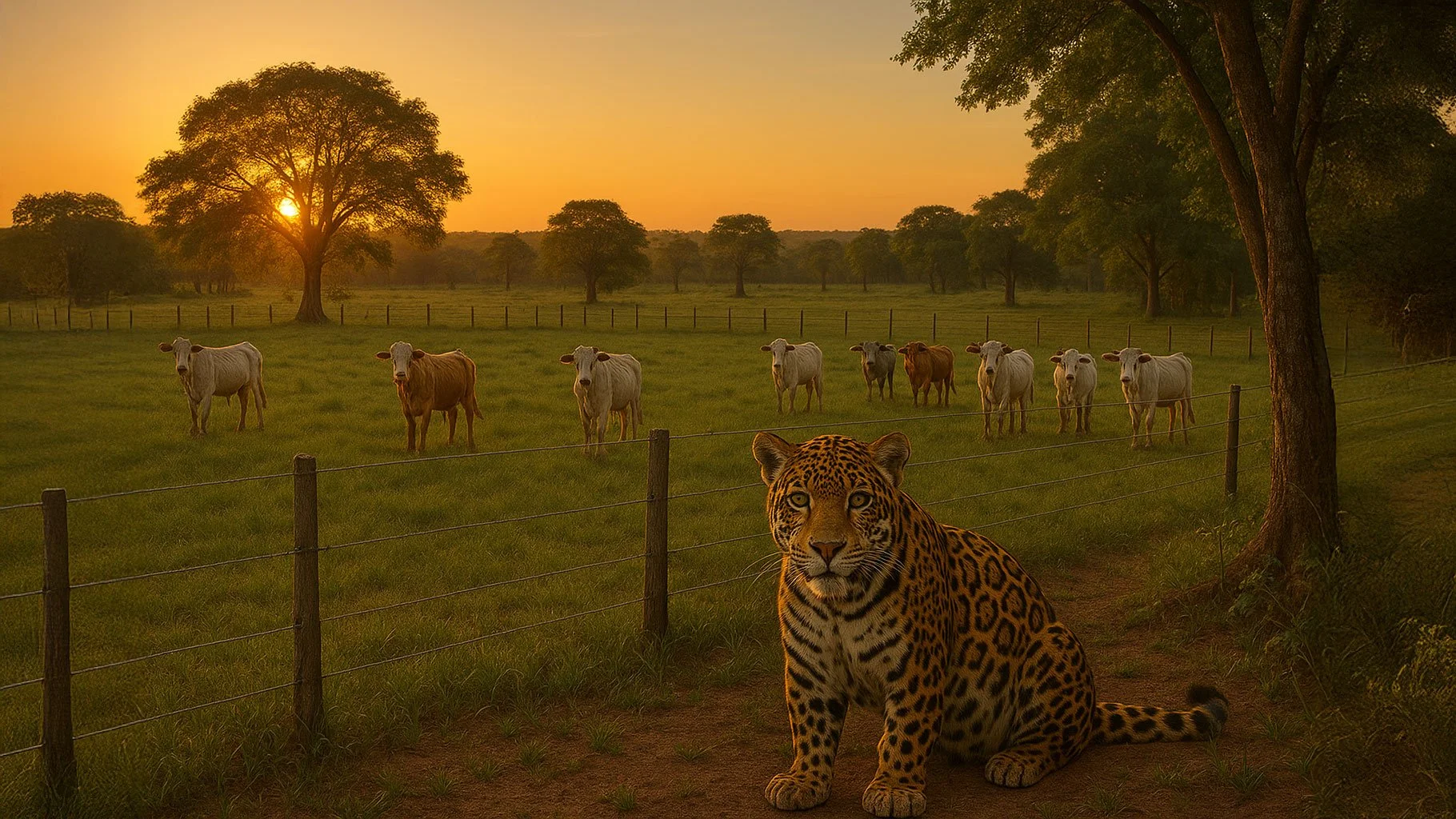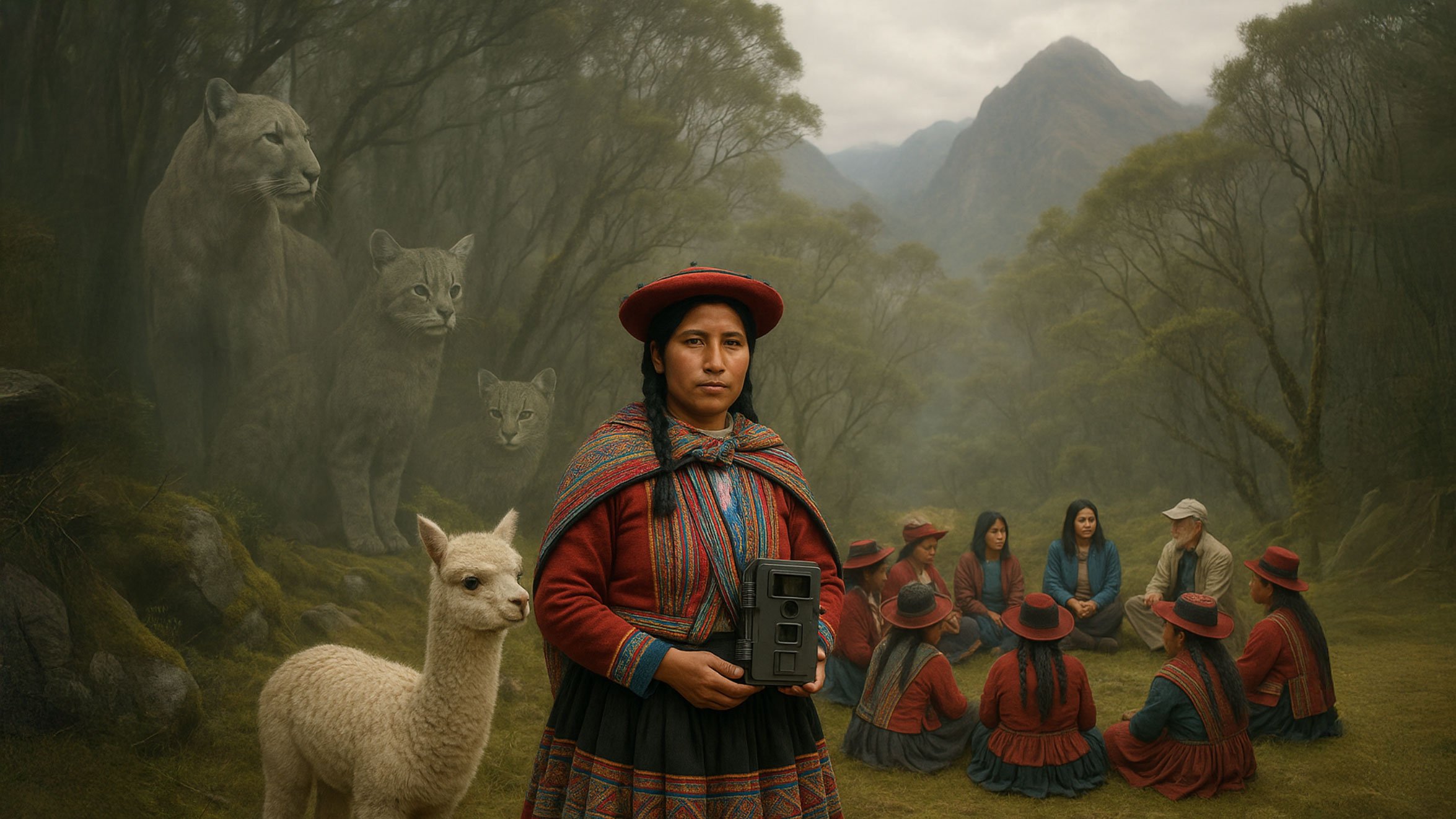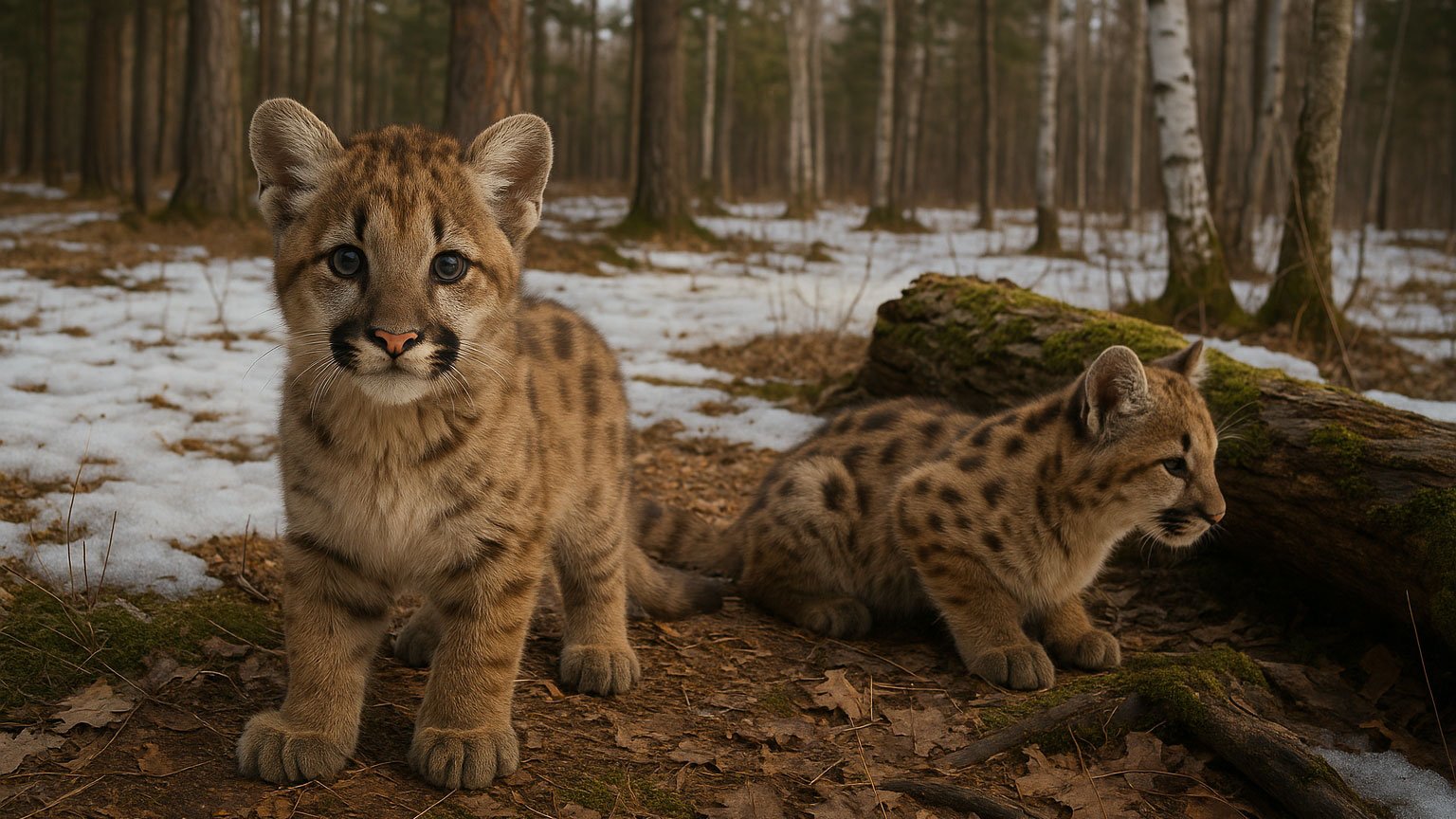Protecting Latin America's Wild Cats: Combating the Crisis of Wildlife Trafficking
Jaguar on log in river
Latin America, a region celebrated for its rich biodiversity, is home to a remarkable array of wild cat species, from the iconic jaguar to the elusive ocelot. However, these majestic felines face escalating threats from illegal wildlife trafficking, a crisis that not only endangers individual species but also undermines the health of entire ecosystems.
The Alarming Rise of Wildlife Trafficking
A recent report by the International Fund for Animal Welfare (IFAW) highlights the severity of wildlife trafficking in Hispanic America. Between 2017 and 2022, nearly 2,000 seizures and poaching incidents were recorded across 18 countries in the region, involving over 100,000 wild animals spanning nearly 700 species. Reptiles accounted for more than half of these seizures, but mammals, including wild cats, were also significantly impacted.
Wild Cats in the Crosshairs
The illegal trade in wild cats and their body parts has seen a disturbing increase. Jaguars, for instance, have become prime targets, with their fangs, bones, and skins sought after as substitutes for tiger parts in traditional medicine markets, particularly in Asia. Studies have reported a 200-fold rise in jaguar part seizures between 2012 and 2018, with China identified as a major destination.
Smaller felines are not spared. Species like the ocelot and the margay are hunted for their striking pelts and, in some cases, captured for the exotic pet trade. The ocelot, once heavily exploited for its fur, continues to face threats from habitat loss and illegal hunting.
The Ecological Ripple Effect
The decline of wild cat populations has far-reaching consequences. As apex predators, these felines play a crucial role in maintaining the balance of their ecosystems. Their presence helps regulate prey populations, which in turn influences vegetation and the overall health of the environment. Removing these predators can lead to overpopulation of certain species, habitat degradation, and a loss of biodiversity.
Hope Through Conservation Efforts
Despite these challenges, concerted conservation initiatives offer a beacon of hope. In Colombia, for example, jaguar protection corridors have been established to combat habitat fragmentation caused by deforestation and cattle farming. These corridors, spanning over 400,000 hectares and involving around 40 community organizations, aim to maintain ecosystem connectivity essential for jaguar survival. Farmers are being educated and provided with tools like electric fences to prevent human-jaguar conflicts, fostering coexistence.
Additionally, rehabilitation programs in Mexico are working to return rescued wild cats to their natural habitats. At the Yaguar Xoo sanctuary in Oaxaca, enclosures have been designed to help jaguars and pumas relearn hunting and survival skills, preparing them for life in the wild.
Your Role in Conservation
The fight against wildlife trafficking and the preservation of wild cats require global support. As responsible global citizens, we can contribute in several ways:
Support Organizations: Donate to reputable conservation groups like Big Cat Rescue that are dedicated to protecting wild cats and their habitats.
Stay Informed: Educate yourself and others about the plight of wild cats and the impacts of wildlife trafficking.
Advocate for Stronger Laws: Encourage policymakers to enact and enforce stricter regulations against wildlife trafficking.
Promote Sustainable Practices: Support sustainable land use and agricultural practices that minimize habitat destruction.
By taking these actions, we can help ensure that wild cats continue to roam freely in their natural habitats, maintaining the ecological balance that benefits all life on our planet.












